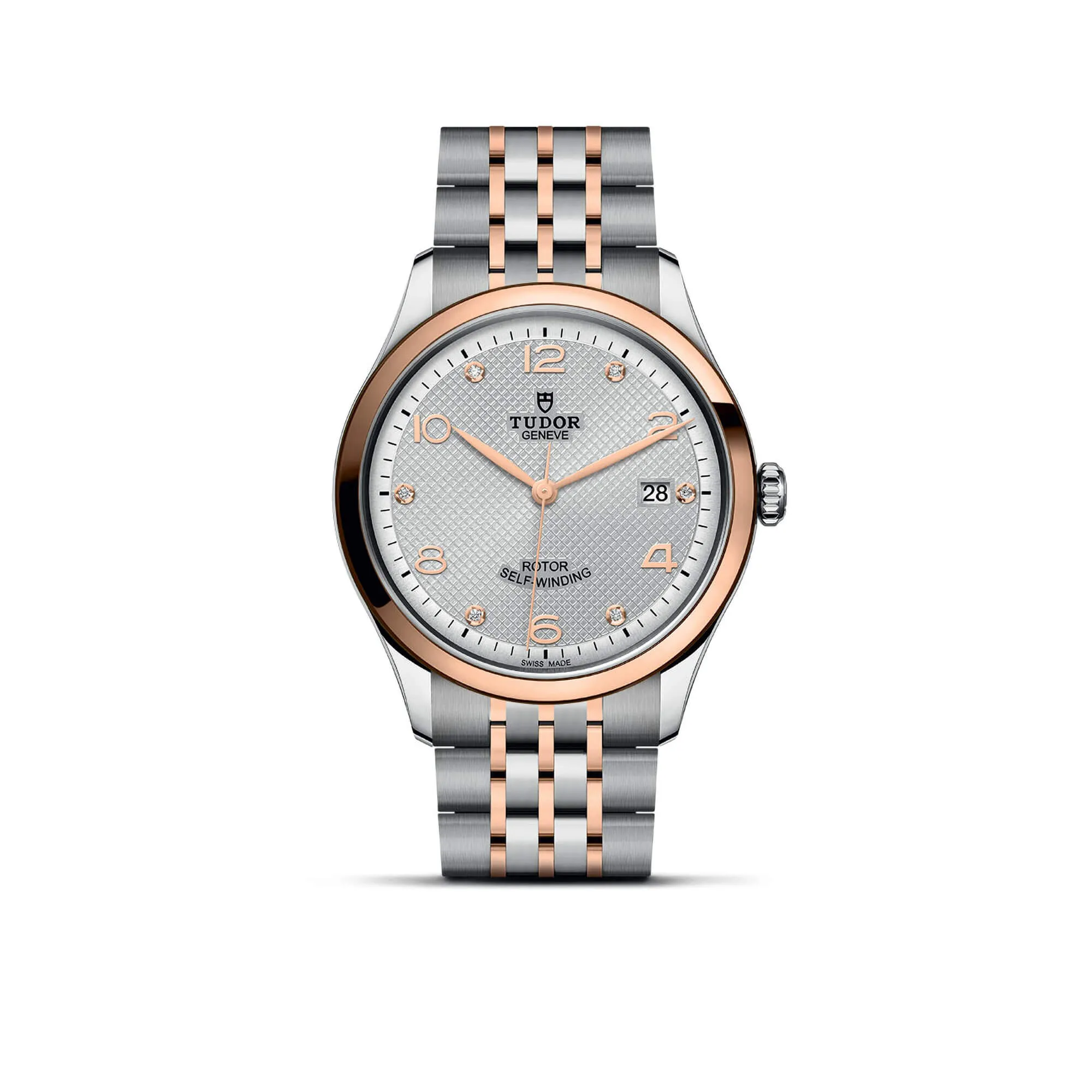
What is a Good Movement?

Watchmaking is not much different, and often we hear debate among connoisseurs about which type of movement is the best: the one developed and manufactured by a specific company – the in-house mechanism, or the one provided by another company and which is ‘only’ upgraded to its final image.
Not many realise that through history, the Swiss watchmaking industry has grown on the back of a collaborative approach to constructing complex mechanisms: in the villages of the remote valley of Vallée de Joux, associations sold watch mechanisms to watchmaking boutiques in the towns, while they purchased individual components from peasants who were making pinions, springs, hands, or dials. Nowadays, the factor of prestige has marginalised this type of work, while the production of in-house mechanisms has been growing.
In the past many, even the biggest watchmaking houses had their “motors” for watches supplied by what is today the biggest global supplier of mechanisms: the Swiss company ETA, part of the Swatch Group, which mostly supplies mechanisms within the Group.
Their products are increasingly less available for other brands, but can even be bought by retail customers. The difference between in-house mechanisms and those supplied by ETA, Sellita, Soprod, Nivarox, and others, is bluntly obvious in the area of exclusivity; yet, is it really only about this?
Not many realise that through history, the Swiss watchmaking industry has grown on the back of a collaborative approach to constructing complex mechanisms
The engines of prestigious racing cars also require more specific skills and exclusive spare parts than those made in a mass production run of millions.

Due to being part of a limited edition a watch equipped with a movement made in the home factory will have its exclusive value and this will make it, in a sense, one of a kind which has been developed and manufactured, often involving enormous costs, by a certain watchmaking house.
Still, it seems prudent to emphasise an important factor in the purchase of a wrist watch: its price. Generally, a timepiece with its movement made by an outsourcer is more affordable than one containing an in-house movement, primarily due to its simplified production on a larger scale which also makes it easier to maintain. Going back to the car analogy: the engines of prestigious racing cars also require more specific skills and exclusive spare parts than those made in a mass production run of millions.
Which watch to choose? The one with the prestigious movement, completely made by our favourite watchmaking brand, or the one with the movement manufactured by a contractor?

Another important factor in a watch is, naturally, its precision: the most precise movements are certified for their chronometric accuracy by the independent institute COSC, a title which is frequently found inscribed on the dials of their watches. To acquire this certificate every movement has to undergo testing of several weeks to define the average daily error, smaller than -4 or +6 seconds. The certificate can be granted to movements of all brands and it frequently happens that under the dial bearing the name of a renowned watchmaking house ticks a mechanism that has been upgraded by the brand but produced by a third party and then COSC certified.
Therefore, which watch to choose? The one with the prestigious movement, completely made by our favourite watchmaking brand, or the one with the movement manufactured by a contractor?
They both tell the time, frequently they are relatively equal in accuracy, but they differ in the value of the »initial investment«, the cost of maintenance, and, most importantly, in the factor of prestige and trust bestowed upon the mastery of the watchmaking brand that they display in various ways.

The final decision is, naturally, left to every individual watch connoisseur, his or her values, and often the awareness that it is more often than not the sentimental value which gives a timepiece its uniqueness seen and felt by its owner regardless of the movement it runs on.












